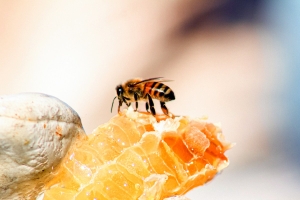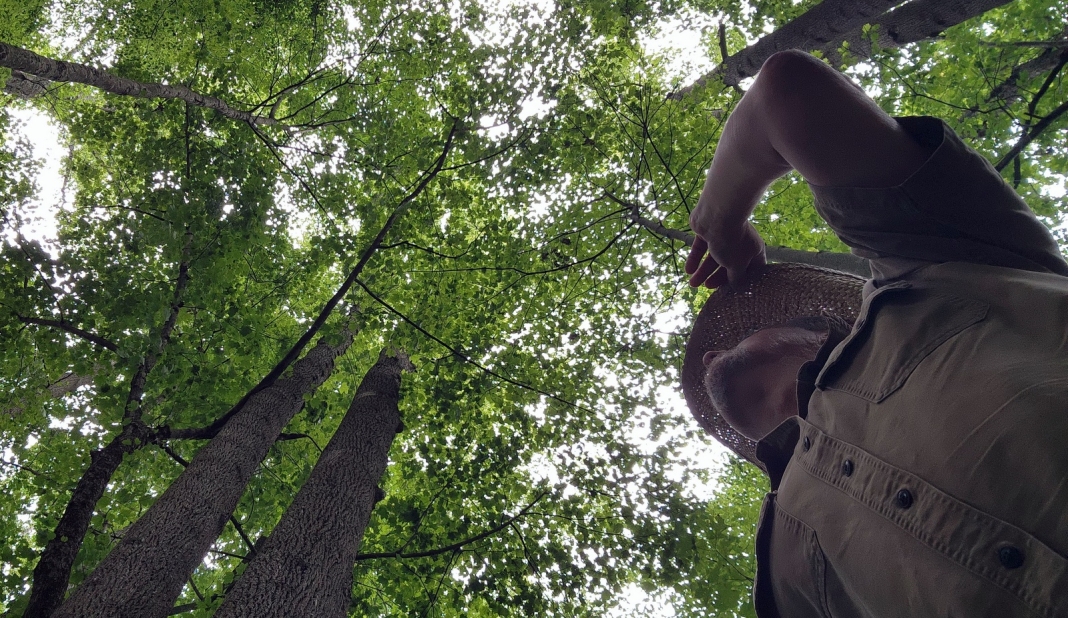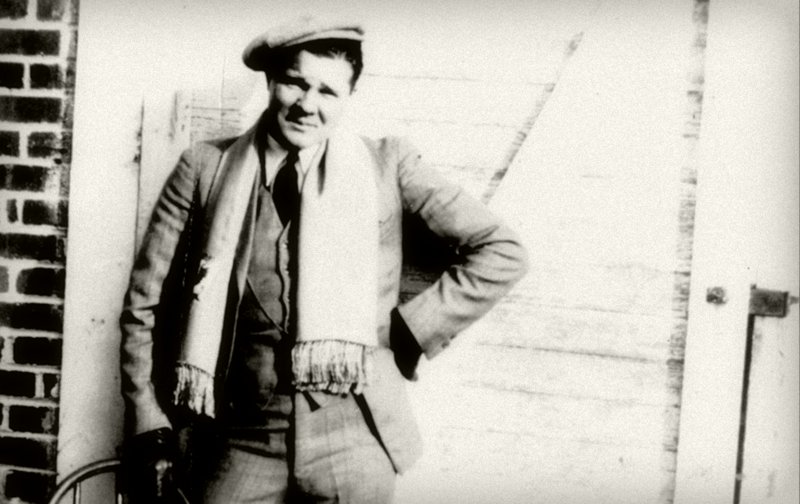CHARLESTON, W.Va. — West Virginians are increasingly turning to their native resources for diversion and sustenance, and bee-keeping has certainly enjoyed renewed interest. More than 13,300 bee colonies are registered in the Mountain State, producing almost 245,000 pounds of honey annually.
Therefore, maintaining pollinating plants is of increased economic importance to West Virginia honey producers and is vital to the well-being of the Appalachian environment, where foreign and imported species are of little or no value.
Native trees offer food through their flowers and provide shelter, nesting sites, and protection from predators.
Which trees should landowners and managers plant and cultivate to sustain pollination? Edward Legge, an arborist with Davey Tree in Charleston, West Virginia, recommends the following native tree species.
Native Oaks
Planting natives is one of the best ways to assist pollinators. Native oaks, such as black oak, white oak, pin oak, or swamp chestnut oak, support pollinators throughout the year, and provide winter shelter and healthy habitat.
Oaks give more than 500 pollinator species a home and enable them to return for years to come. The tree height depends on the variety. The black oak can grow to a height and spread 60 feet or more at maturity.
Southern Magnolia
Bees love this native magnolia’s vibrant white-to-cream-colored flowers filled with pollen. Later in the spring, birds enjoy the tree’s yummy fruit. You’ll get to admire this southern staple's shiny evergreen leaves all year round. This tree can grow to a height of 80 feet with a spread of up to 40 feet.
Eastern Redbud
The eastern redbud’s fuchsia blooms are some of the first to blossom in spring. Bees of all kinds—including honey, bumble, and mason bees—enjoy their pollen and nectar. The rest of the year, birds and insects appreciate what this tree offers. Growing about 25 feet tall with a 25-foot spread, this tree, filled with heart-shaped leaves, will surely be one of your favorites and that of pollinators.
Black Gum
A black gum tree provides colorful bursts of foliage to the autumn landscape. But its yellow, red, and orange leaves appeal to the bee population differently. Its flowers provide a food source for bees during springtime, and its bark offers a safe home. This tree can grow to 50 feet tall and 30 feet wide when mature.
Tulip Poplar
This large tree boasts showy, tulip-like flowers that give the tree its name. Not actually a poplar, the tulip poplar is a member of the magnolia family. Its greenish-yellow blooms and sweet nectar attract many pollinators. The tulip poplar needs a lot of space, so plan for it to keep growing for generations. At maturity, it can reach 90 feet tall with a spread of 40 feet.
Rich West Virginia honey benefitting consumers, producers

West Virginia ranks 40th in the U.S. among producers, though its honey is renowned for its richness. According to state apiarist Shanda King, West Virginia honey has many benefits to health and the local economy. Consumers are supporting local beekeepers, and those with seasonal allergen issues and concerns can purchase spring and fall honey for help. READ THE FULL STORY HERE.
Sign up to receive a FREE copy of West Virginia Explorer Magazine in your email weekly. Sign me up!


